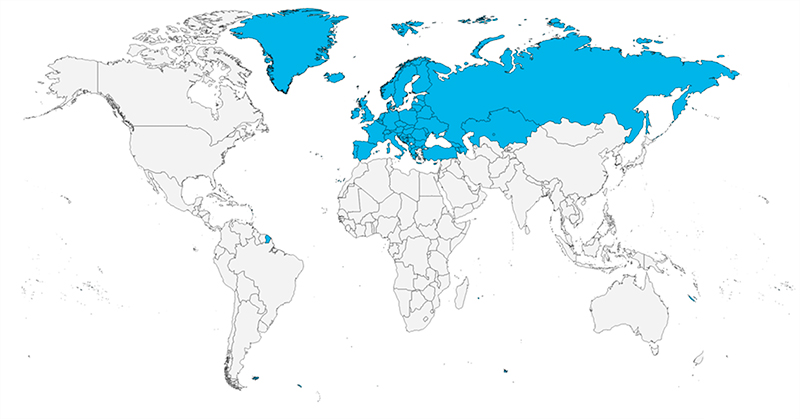The Bologna Process
The Bologna Process is a process of reforming Higher Education, the main objective of which is to create a common and consistent European Higher Education Area (EHEA) that reinforces its competitiveness at international level. To this end, the necessary steps have been taken since 1999 to establish a European Higher Education Area in 2010. The education systems of the different participating countries must be organized in such a way that:
- Mobility between countries is facilitated to continue studies or access to work.
- The attractiveness of the higher education provided is increased, so that people from other countries can come to study and/or work in Europe.
- A common, high quality and advanced knowledge base is provided which contributes to the development of Europe as a stable, peaceful and tolerant society.
The Bologna Process is not an intergovernmental agreement. Although many documents have been adopted in this regard by the ministers responsible for Higher Education, these are not binding documents such as an international treaty. Each country is free to adhere to or reject the principles of this Process and there is freedom on the mechanisms to comply with its principles.

Illustration 1.- Map of the members of the European Higher Education Area (source: www.ehea.info)
The Bologna Agreement currently has 57 partners: 49 Higher Education Systems from 48 countries (including the Flemish Belgian System and the Belgian Francophone System), the European Commission and seven permanent consultative members: European University Association (EUA), European Association of Institutions in Higher Education (EURASHE), European Students' Union (ESU), Education International (EI), European Association for Quality Assurance in Higher Education (ENQA), Business Europe and UNESCO.

